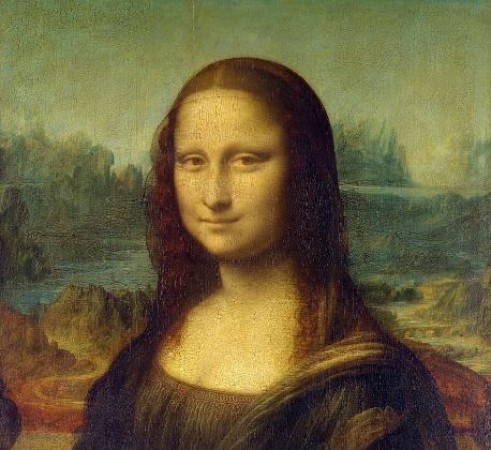
Leonardo da Vinci's masterpiece, the Mona Lisa, has captivated art enthusiasts for centuries. The enigmatic smile, mesmerizing gaze, and intricate details of the painting have made it an iconic work of art. However, one peculiar feature that often sparks curiosity and intrigue is the absence of visible eyebrows on the subject's face. Many wonder if this was a deliberate artistic choice or a result of the fashion during the Renaissance period. In this article, we delve into the historical context and examine the reasons behind Mona Lisa's missing eyebrows.
1. The Renaissance and Fashion Trends
1.1 The Renaissance Era
The Renaissance was a flourishing period of art, culture, and intellectual advancements in Europe during the 14th to the 17th centuries. It was characterized by a revival of classical influences and a renewed interest in humanism, science, and exploration.
1.2 Shaving Eyebrows: A Fashion Trend
During the Renaissance, the concept of beauty and aesthetics underwent significant transformations. One of the prevailing fashion trends was to have a high and wide forehead, which was considered a symbol of beauty and intelligence. To achieve this look, some individuals, including women, chose to completely or partially shave their eyebrows.
2. Portrait Art during the Renaissance
2.1 Portraying Idealized Beauty
Portrait art during the Renaissance aimed to portray the idealized version of the subject. Artists carefully selected elements to highlight and emphasize the subject's most desirable features, conforming to the beauty standards of that time.
2.2 A Symbol of Elegance
In the context of portrait painting, the absence of eyebrows was often considered a symbol of elegance and nobility. It allowed artists to draw more attention to the eyes and the subtle expressions on the subject's face.
3. Mona Lisa: Unraveling the Mystery
3.1 Leonardo da Vinci's Artistic Style
Leonardo da Vinci was known for his meticulous attention to detail and mastery of chiaroscuro, a technique that uses light and shadow to create depth and dimension in his paintings. His unique approach to art allowed him to create a sense of realism and capture emotions like no other artist of his time.
3.2 The Mona Lisa's Expression
The Mona Lisa's captivating smile and elusive expression have puzzled art enthusiasts and scholars for centuries. The absence of visible eyebrows contributes to the enigmatic allure of her face, allowing viewers to interpret her emotions in their own way.
4. Other Interpretations
4.1 Preservation and Degradation
Some art historians suggest that the absence of Mona Lisa's eyebrows might not be a deliberate choice by da Vinci. Instead, it could be a result of the painting's age and degradation over time, which might have affected certain details.
4.2 Cultural and Symbolic Significance
Another perspective posits that the missing eyebrows could hold cultural or symbolic significance. In Renaissance art, eyebrows were often associated with various emotions and expressions. Their absence might signify a transcendental or otherworldly state of being.
Leonardo da Vinci's Mona Lisa continues to be a source of fascination and wonder for art enthusiasts worldwide. The absence of visible eyebrows adds an aura of mystery to her already enigmatic smile. Whether a fashion choice, an artistic decision, or a result of time's passage, Mona Lisa's missing eyebrows only deepen the allure of this timeless masterpiece.
Amit Shah speaks to Uttarakhand CM, inquires about Chamoli electrocution deaths
Music Magic: Unveiling the Latest Bollywood Songs That Are Making Waves Worldwide